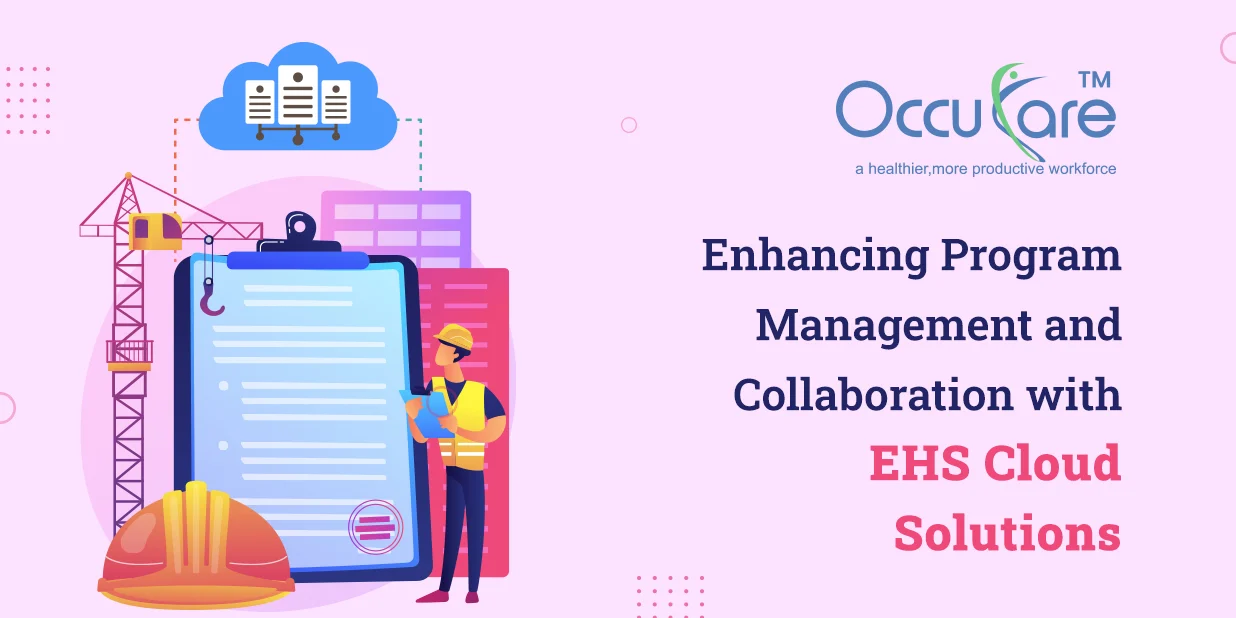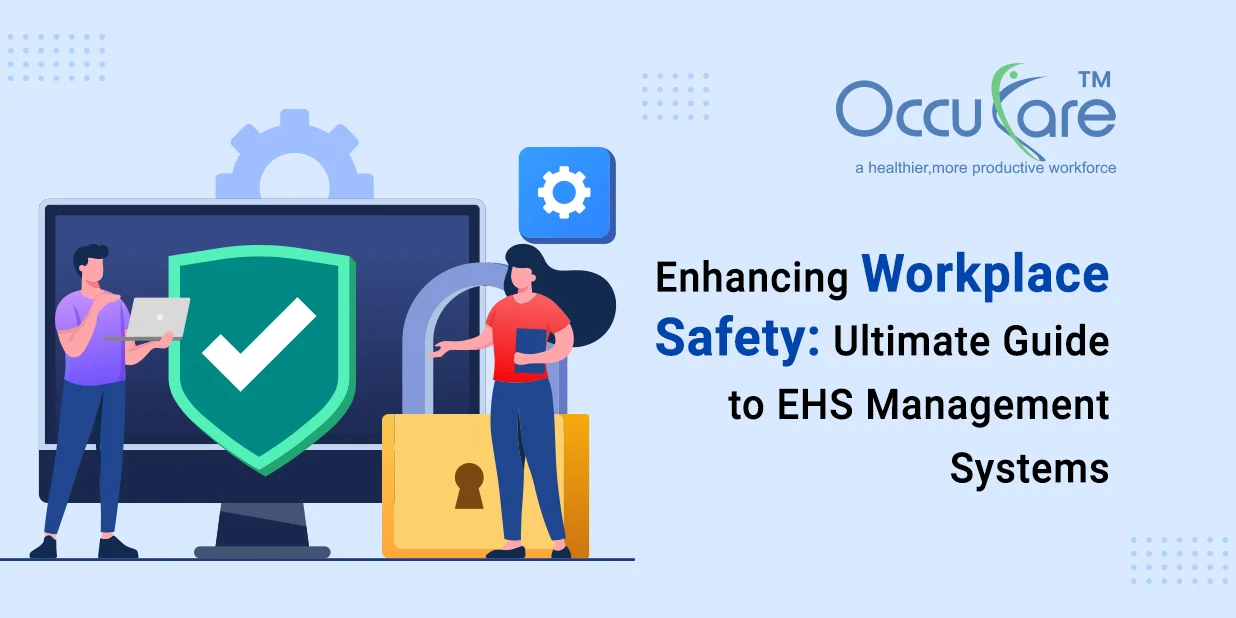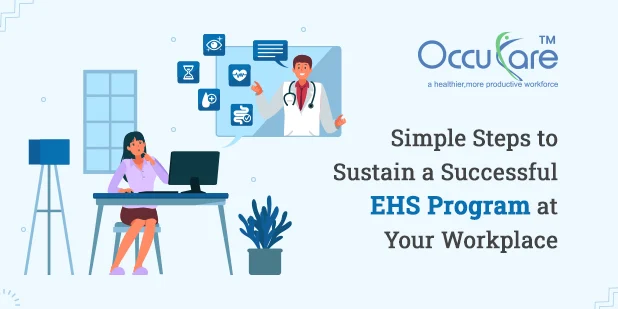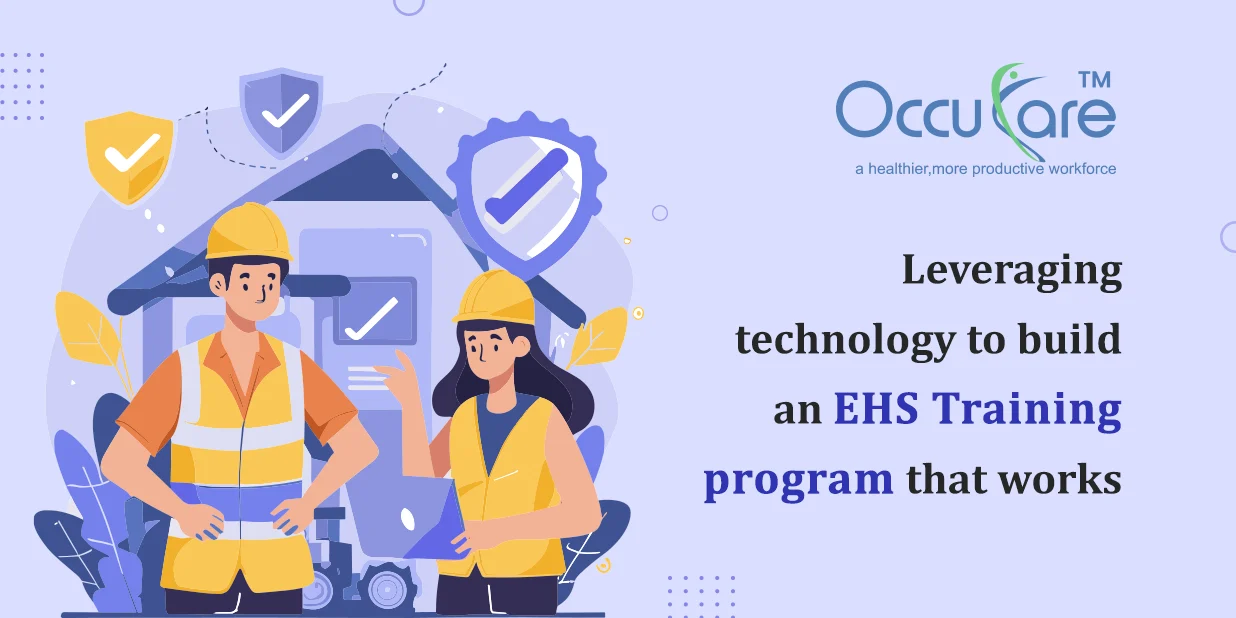Organizations must implement environmental health and safety (EHS) plans to ensure employee safety, adhere to laws, and reduce their negative effects on the environment. Businesses need effective tools to manage EHS programs as they expand and adjust to an increasingly complex regulatory framework. EHS cloud solutions present a promising way to improve overall EHS performance, increase collaboration, and expedite program management.
Here are key ways in which EHS cloud solutions can enhance program management and collaboration:
1. Risk Assessment and Mitigation:
These solutions often include tools for risk assessment and mitigation. Users can conduct risk assessments, identify potential hazards, and implement preventive measures, all within the cloud platform.
2. Analytics and Reporting:
EHS cloud solutions provide robust reporting and analytics capabilities. Organizations can analyze data to identify trends, assess performance, and make data-driven decisions to improve EHS outcomes.
3. Task Management:
Assigning and tracking tasks related to EHS programs becomes more efficient with cloud-based task management features. This ensures accountability and helps prioritize actions to improve EHS performance.
4. Document Control:
Centralized document management within the cloud ensures that important documents such as policies, procedures, and safety manuals are easily accessible and up to date for all relevant stakeholders.
5. Training and Education:
Cloud solutions can be used to deliver EHS training and education programs to employees. Tracking employee training progress and compliance can be streamlined within the platform.
The program administration and collaboration for environmental, health, and safety efforts might be greatly improved by EHS cloud solutions. In today’s complex legal climate, these platforms provide a centralized, reachable, and scalable solution to EHS management, which is extremely important. Organizations can increase EHS performance, lower risks, and ultimately produce safer and more environmentally friendly workplaces by utilizing these solutions.
Qualities of an effective EHS software.
Effective Environmental, Health, and Safety (EHS) software should have certain essential characteristics to assist firms in efficiently managing their EHS programs, ensuring compliance, and improving overall safety and sustainability.
User-friendly interface, Scalability, Centralized Data Management, Real-time Data and Reporting, Compliance Management, Risk Assessment and Mitigation, Incident Management, Audit and Inspection Tools, Document Control, Task Management, Mobile Accessibility, Training and Education, Integration Capabilities, Supplier and Contractor Management, Security and Data Privacy, and Training are the essential qualities an EHS software should have.
Choosing EHS software that possesses these characteristics is critical for ensuring that an organization can effectively manage its environmental, health, and safety programs, decrease risks, and create a safer and more sustainable workplace.
Concept of an effective EHS management software:-
An efficient Environmental, Health, and Safety (EHS) management software is a comprehensive and integrated solution meant to streamline and improve an organization’s efforts to ensure employee well-being, compliance with regulatory standards, and environmental impact. The idea behind effective EHS management software is to provide a consolidated platform that allows for the efficient management of all EHS-related procedures and data.
Here are the key components of an effective EHS management software:
1. Centralization of EHS Data:
The software acts as a central repository for all EHS data, including incident reports, safety records, compliance documentation, training materials, risk assessments, and more. This centralization ensures data consistency and accessibility.
2. Real-time Data Access:
Users can access EHS data in real-time, facilitating immediate response to incidents and enabling data-driven decision-making. Real-time data access is critical for effective EHS management.
3. Compliance Management:
The software helps organizations track and manage regulatory compliance requirements at the local, state, national, and international levels. It provides tools to document compliance efforts and alerts for compliance deadlines.
4. Incident Management:
Incident reporting and management features enable users to report incidents, track their progress, and document corrective actions. Root cause analysis tools can help prevent similar incidents in the future.
5. Document Control:
Robust document management capabilities ensure that policies, procedures, safety manuals, and other critical documents are version-controlled and easily accessible. This feature is vital for maintaining compliance.
6. Task Management:
Effective task management capabilities allow organizations to assign, track, and manage EHS-related tasks and action items. This ensures accountability and follow-through on essential EHS activities.
7. Training and Education:
The software supports EHS training and education programs by tracking employee training progress and certifications. Integration with Learning Management Systems (LMS) is valuable.
8. Integration Capabilities:
EHS management software should have the ability to integrate with other systems, such as IoT devices, sensors, HR systems, and equipment monitoring tools. This enhances data collection and analysis capabilities.
9. Customization and configurability:
Organizations should be able to customize and configure the software to adapt to their specific EHS needs and workflows.
10. Customer Support and Training:
The software provider should offer reliable customer support and training resources to assist users in implementing and using the software effectively.
A successful EHS management software takes a comprehensive approach to managing environmental, health, and safety programs, allowing firms to reduce risks, maintain compliance, and create a safer, more sustainable workplace. It is an important instrument for safeguarding the general well-being of employees and the community while also encouraging environmental responsibility.
Conclusion of using an easy-to-use EHS cloud solutions
Finally, employing simple Environmental, Health, and Safety (EHS) cloud solutions provides a number of advantages for firms looking to improve their EHS programs and overall workplace safety. These solutions offer a simple, accessible, and effective platform for managing EHS data, compliance, and communication.
EHS cloud solutions ease of use enables firms to streamline their EHS processes, decrease risks, and create safer, more sustainable workplaces. These solutions are critical for ensuring compliance, reducing mishaps, and promoting continuous improvement in environmental, health, and safety management. Easy-to-use EHS cloud solutions contribute to overall well-being, regulatory compliance, and environmental stewardship inside the enterprise by providing accessible and efficient tools for managing EHS efforts.








